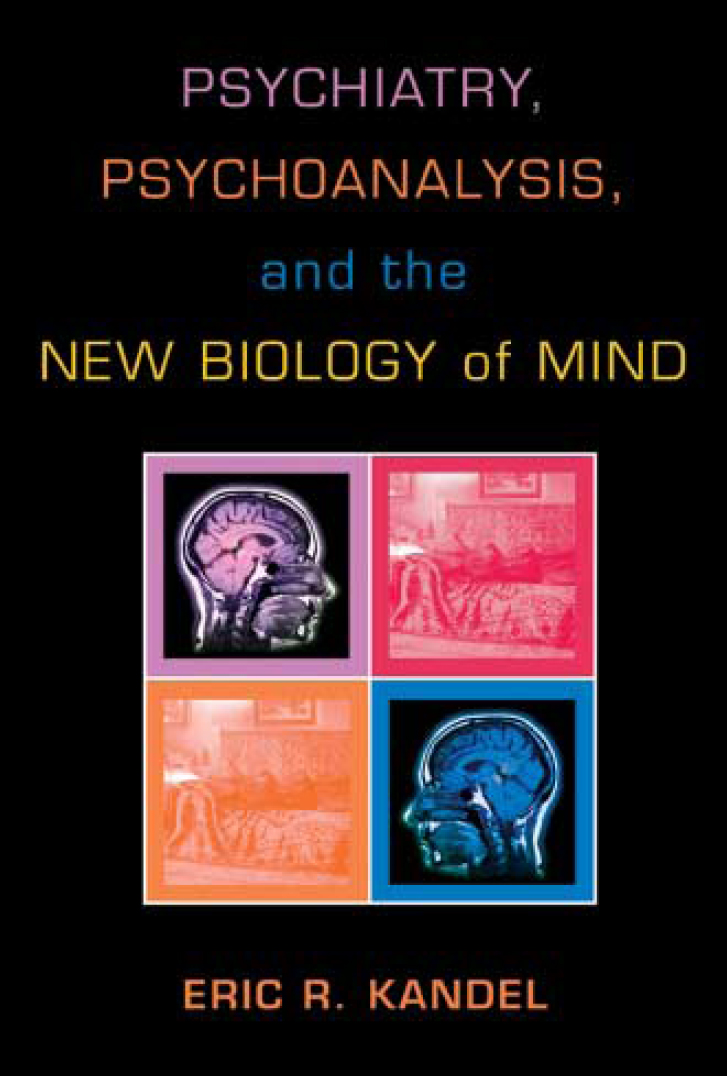
In the year 2000 Eric Kandel was awarded a Nobel Prize for his work on elucidating the anatomical and biochemical basis of short-term and long-term memory. He had started his training in psychiatry in the early 1960s by undergoing a personal analysis, virtually a sine qua non for aspiring American psychiatrists of that era. However, his unquenchable curiosity about the manner in which the brain records and retrieves memories led him to abandon his analysis and spend the rest of his career as an experimental neurologist, first studying a shell-less marine snail and then mice.
His remarkable progress in unravelling the complexities of memory is unfolded here in a collection of eight essays published over 30 years, each preceded by a commentary from a colleague. If, like me, you have not read a neurological paper since qualifying in psychiatry, these essays will open your eyes to the impressive advances made at the molecular, cellular and systemic level in understanding one of the salient functions of the brain. Kandel writes clearly and with a generous use of illustrations, but for the uninitiated, mastering the material presented is intellectually demanding at times.
The title of the book is misleading: no more than 1% of the text deals with psychiatry and psychoanalysis. Kandel speculates about the relevance of his experimental findings to psychiatry and psychoanalysis early in the book and I then held my breath in expectation of a revelatory exposition in the last chapter, but it was not to be found there, nor in the Afterword, entitled enticingly ‘Psychotherapy and the single synapse revisited’. He believes that psychotherapy and psychoanalysis can be placed on a scientific footing by applying to them the methods of neurobiology, which have been so productive in his hands. A few quotations will convey the flavour of his thinking:
‘The next step is to incorporate components of a psychoanalytic perspective into the modern biology of the mind and to create a unified view view…’
‘We need to put psychotherapy on a scientific basis and to explore its biological consequences, using imaging and other empirical means of evaluation. In this way, we may be able to explore which form of psychotherapyis mosteffective for different categories of patients.’
‘As the resolution of brain imaging increases, it should eventually permit quantitative evaluation of the outcome of psychotherapy.’
In my view these statements were misguided at the time they were written and have been overtaken by methodological advances in evaluating talking therapies, including psychoanalysis. However, psychoanalysis poses stubborn challenges for evaluation because of its aims to change an individual's internal world and quality of relationships. In this respect, Kandel betrays an ambivalence with regard to his claims for neurobiology. He believes that if psychoanalysis is to survive, it can only do so in the context of an empirical psychology, informed by imaging techniques, neuroanatomical methods, and human genetics. On the other hand, he concedes that a biological analysis might not prove to be the optimal level or even an informative level of analysis for many aspects of group or individual behaviour, an opinion I strongly endorse.





eLetters
No eLetters have been published for this article.